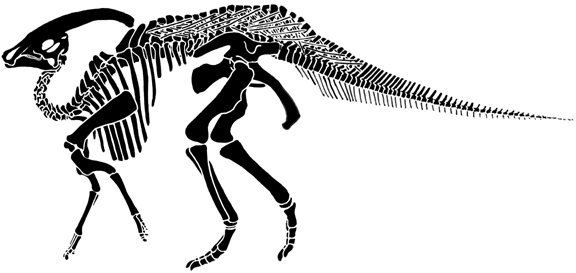High schooler discovers fossil of juvenile dinosaur
Ars Technica » Scientific Method 2013-10-25
As our collection of fossils left by non-avian dinosaurs has grown, we've learned that they were impressive in ways that went beyond sheer size. Over millions of years of evolution, the animals also achieved incredible diversity in form, with horns, plates, feathers, and other elaborations. One of the strangest forms appeared in the hadrosaurids, more commonly known as the duck-billed dinosaurs. Many of these species had enormous extensions on the peaks of their skulls, formed by elaborating their nasal passages.
While we're still not sure exactly what the purpose of these features are—ideas range from display to generating loud calls to breathing in a watery environment—we're a bit more sure about how they developed. That's because a high school student came across a fossil skeleton in southern Utah that provides a glimpse of a juvenile of the species. The paper describing the find, as well as all the 3D reconstructions of the animal, have been made open source.
The authors of the paper describe the species in question, Parasaurolophus, as "tube crested." As you can see from the representation above, the tube in question wouldn't seem out of place on one of the monsters of the Alien films. But, although it is depicted as just as solid as the leg bones, the use of "tube" is accurate: the structure is hollow, being formed as an extension of the nasal processes of the animal.
Read 7 remaining paragraphs | Comments





